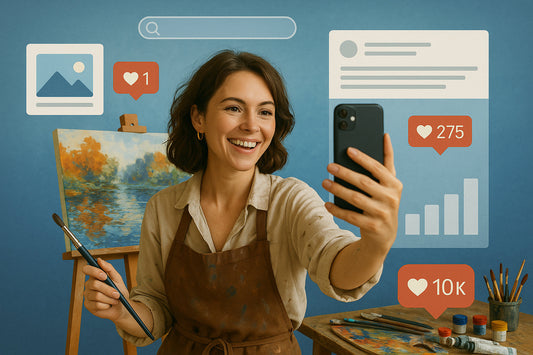The art world has always been a blend of tradition and innovation, constantly evolving with the times. In recent years, one of the most groundbreaking developments has been the emergence of Non-Fungible Tokens (NFTs). These digital assets, unique and indivisible by nature, are transforming how we perceive and interact with art. For art enthusiasts navigating this new terrain, understanding NFTs and their implications is essential. This article aims to explore the future landscape of art within the realm of NFTs, shedding light on current trends and predicting the shifts that may lie ahead.
Understanding NFTs and Their Role in Art
NFTs are digital tokens that represent ownership or proof of authenticity of a unique item or piece of content, usually stored on a blockchain, a form of distributed ledger technology. Unlike cryptocurrencies like Bitcoin, each NFT is distinct, with its specific metadata and identification codes. This uniqueness makes NFTs perfect for representing individual art pieces in the digital world.
The role of NFTs in art is multifaceted. They not only confirm the authenticity and originality of digital artworks but also allow for secure and transparent transactions. Artists can sell their works directly to collectors without intermediaries, ensuring they receive fair compensation for their creations. For buyers, NFTs offer a new way to collect and invest in art, with the assurance that their digital purchases are genuine and irreplaceable.
(Image credits: Freeepick)
The Current Landscape of NFT Art
The NFT art scene has exploded, with artists, collectors, and investors embracing this new medium. Landmark sales, such as Beeple's "Everydays: The First 5000 Days" selling for over $69 million, have catapulted NFTs into the mainstream. This burgeoning market has attracted a diverse community, from traditional artists exploring digital formats to digital natives venturing into the art world for the first time.
Despite its rapid growth, the NFT art market is still in its infancy, characterized by both excitement and uncertainty. The space has become a hotbed for innovation, with artists experimenting with new forms of creativity, such as interactive and generative art, while collectors navigate the volatile but potentially lucrative market.
Future Trends and Developments in NFT Art
As technology evolves, so too will NFT art. We can expect to see advancements in blockchain technology leading to more efficient and environmentally friendly platforms. These developments will address current criticisms regarding the environmental impact of NFTs and make the field more accessible and sustainable.
Furthermore, augmented reality (AR) and virtual reality (VR) are set to play a significant role in the future of NFT art. Artists will likely embrace these technologies to create immersive and interactive experiences, transcending traditional art boundaries. Virtual galleries and exhibitions will become more commonplace, offering new ways for people to experience and purchase digital art.
Cross-platform integration will also enhance the fluidity between different media and platforms, allowing NFTs to be displayed and enjoyed across various environments, from social media to virtual worlds.
Opportunities and Challenges for Artists and Collectors
NFTs present a plethora of opportunities for artists, including broader global reach, direct engagement with collectors, and new avenues for creative expression. The digital nature of NFTs enables artists to push the boundaries of traditional art, experimenting with dynamic and interactive elements.
However, the NFT landscape is not without its challenges. Market volatility can make it difficult for artists and collectors to predict the value of NFTs, leading to financial uncertainty. Additionally, copyright infringement and intellectual property issues present legal hurdles that need to be navigated carefully.
Environmental concerns associated with blockchain technology also pose a significant challenge, prompting the need for more sustainable practices within the industry.





